Cold Shut in Aluminum Die Casting Parts
Cold shut defects are fairly common in aluminum die casting, especially when the casting process isn’t fine-tuned. These defects usually happen in specific conditions like low temperatures, slow injection speeds, poor mold design, or suboptimal alloy mixtures. Thin-walled sections, complex shapes, or parts with long flow paths are more prone to cold shuts because the metal can cool and harden before properly merging. Parts like intricate housings, thin structural components, or designs with sharp details are especially at risk of this defect.

What is Cold Shut? Cold shut is a common defect in aluminum die casting parts, where two streams of molten metal do not properly fuse, leaving a visible line or gap. This defect usually appears in areas far from the mold’s gate, where the metal cools too quickly, affecting the strength and appearance of the casting.
Appearance
- Visual Characteristics: Cold shuts appear as irregular, often visible lines or cracks on the surface of the cast part. These lines are usually shiny and can be seen as a clear demarcation where the metal streams did not properly blend.
- Surface Texture: The affected areas may have a rough texture compared to the surrounding regions. Sometimes, the defect might create a noticeable depression or a weak spot on the surface.
- Size and Location: Cold shuts can vary from small and localized to large and more severe. They are typically found in areas where the metal flow is restricted or where two metal streams converge.
Why Does Cold Shut Occur?
- Low Temperatures: If the molten metal or the mold is too cold, the metal can solidify before fusing correctly with other flows.
- Poor Alloy Composition: Low fluidity alloys struggle to fill the mold completely, leading to incomplete fusion.
- Separate Metal Flows: A cold shut can form when metal flows separately in the mold and doesn’t merge properly.
- Improper Gating Design: A poorly designed gating system can cause uneven flow, leading to cold shuts.
- Inadequate Filling Speed or Venting: Slow filling speeds and poor venting can create air pockets, preventing proper fusion.
How to Prevent Cold Shut Defects:
- Optimize Temperatures: Elevate the temperatures of the pouring and moulding processes to maintain the metal in a molten state for an extended period.
- Adjust Alloy Composition: Use alloys with better fluidity to ensure the metal flows smoothly into all mold sections.
- Improve Gating System Design: Restructure the gating system to facilitate a continuous, uninterrupted flow of metal.
- Enhance Venting: Proper venting allows air to escape, ensuring consistent metal flow and reducing the chance of cold shut.
- Increase Injection Speed and Pressure: By increasing injection velocities and pressure, defects are reduced and metal fusion is improved.
Why It Matters for You: Understanding and preventing cold shut defects is crucial for ensuring high-quality aluminum casting parts. For purchasing managers, selecting suppliers who prioritize defect prevention and maintain rigorous quality standards can lead to more reliable products, fewer returns, and better overall satisfaction.




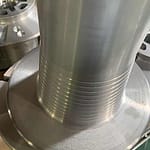
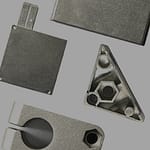
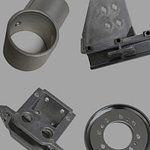


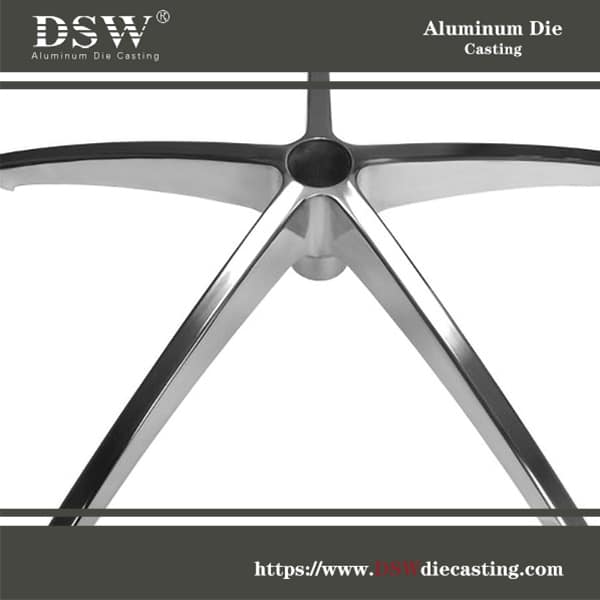
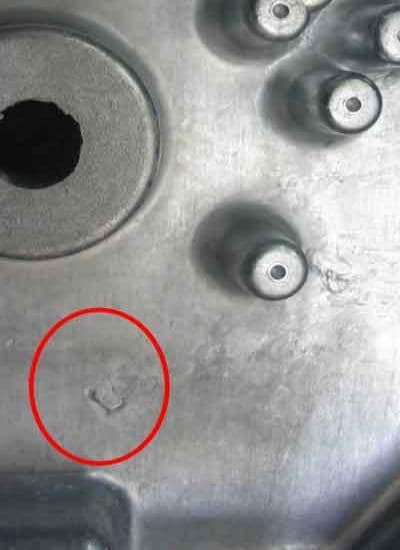



No comment